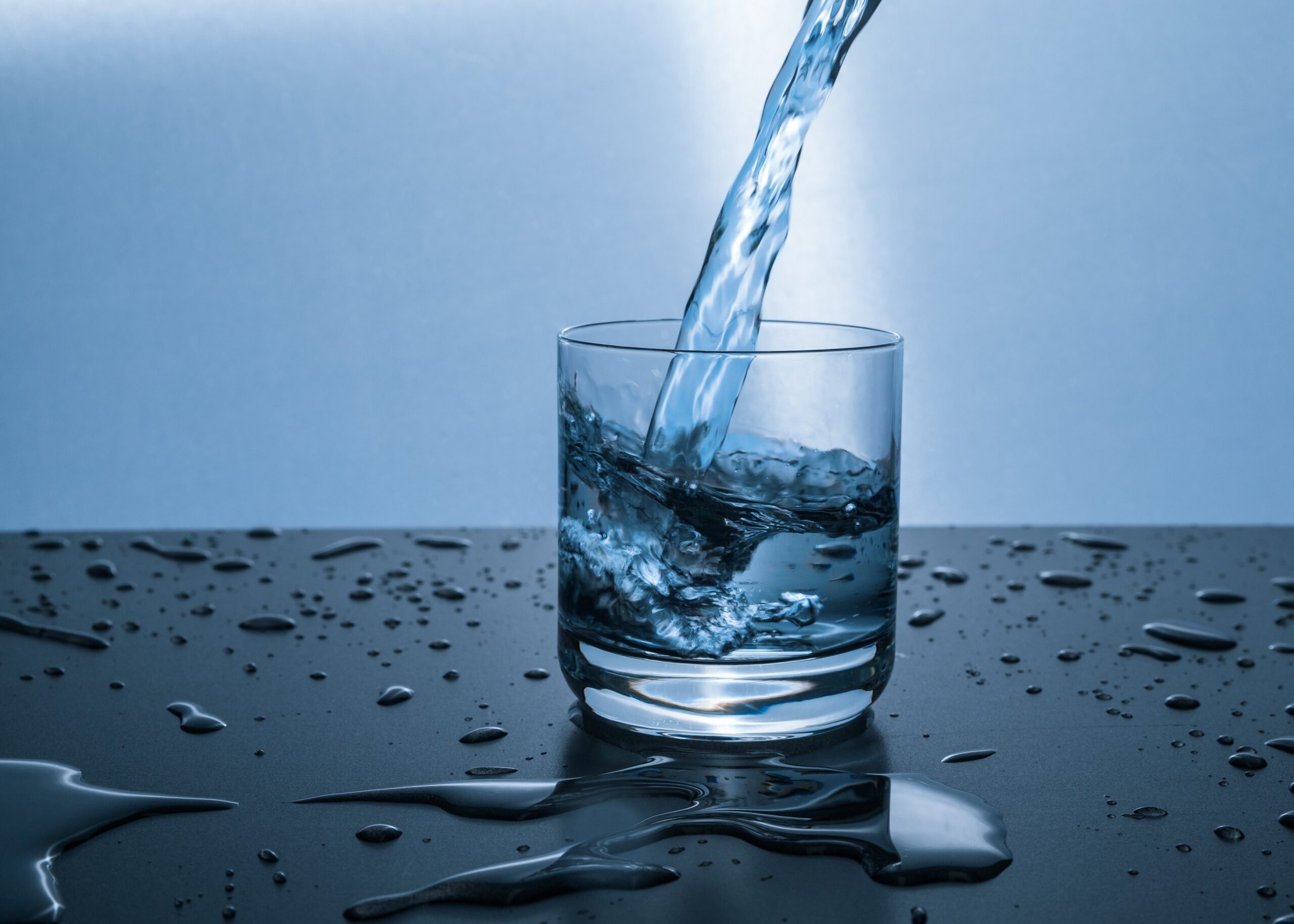Hydration, an aspect of health often overlooked, plays a significant role in maintaining overall wellness, especially amongst the elderly population. As we age, our body undergoes various physiological and lifestyle changes that impact our water needs, thus, understanding the importance of hydration and being aware of the signs of dehydration becomes crucial. This discussion illuminates the ins and outs of hydration in the elderly – starting from the fundamental concept of hydration and dehydration, moving on to discerning how water requirements adjust with aging and recognizing signs of dehydration. Additionally, it lays out the recommended water intake specifically tailored for the elderly and closes with practical tips for ensuring adequate hydration. Enter a path of improved wellbeing as you discover the essence of water in our lives, and why it holds added importance for our elderly loved ones.
Understanding Hydration and Dehydration
Understanding Hydration and Dehydration
Hydration is the process of absorbing water, while dehydration is the physical state of a body containing insufficient water to function optimally. Water plays an important role in maintaining health and wellbeing, performing fundamental functions such as regulating body temperature, transporting nutrients, and expelling waste.
Physiological Importance of Water
The human body is made up primarily of water; it makes up about 60% of our body weight. Therefore, maintaining an appropriate level of hydration is crucial for our body’s everyday functions. It carries beneficial nutrients and oxygen to all parts of the body, aids digestion by forming saliva and breaking down food, lubricates joints, and maintains skin health. Without sufficient water, the body will struggle to accomplish these critical tasks.
Hydration and the Elderly
As the human body ages, the percentage of water composition decreases. Older adults also have a reduced sense of thirst, meaning they may not realize when they are becoming dehydrated. Both factors make proper hydration strategies especially important for the elderly population.
Dehydration in the elderly can lead to several complications, including kidney stones, blood clot complications, and passing out. When severe, dehydration can also lead to life-threatening conditions like heatstroke.
Recommended Intake of Water
For the general elderly adult population, the Institute of Medicine (IOM) suggests a daily water intake of 2.7 liters (91 ounces) for women and 3.7 liters (125 ounces) for men. This includes water from all beverages and food.
However, water intake is not one-size-fits-all, and individual hydration needs can depend on factors like health conditions, medication use, and activity levels.
Maintaining Healthy Hydration
To keep your body optimally hydrated, try implementing a few simple strategies. One way could be always keeping a water bottle nearby, that way you’ll be reminded to drink throughout the day. Another good habit is to pair each meal and medication time with a tall glass of water. You can also increase your water intake by consuming foods high in water content such as fruits and vegetables, whilst replacing sugary drinks with water.
Do keep in mind though, timely regulation of water intake is crucial for avoiding dehydration. Oftentimes, by the time you feel thirst, your body might already be becoming dehydrated. A neat trick to monitor hydration is to check the color of your urine. Generally, if it’s light yellow or clear, it’s an indicator you’re well-hydrated.
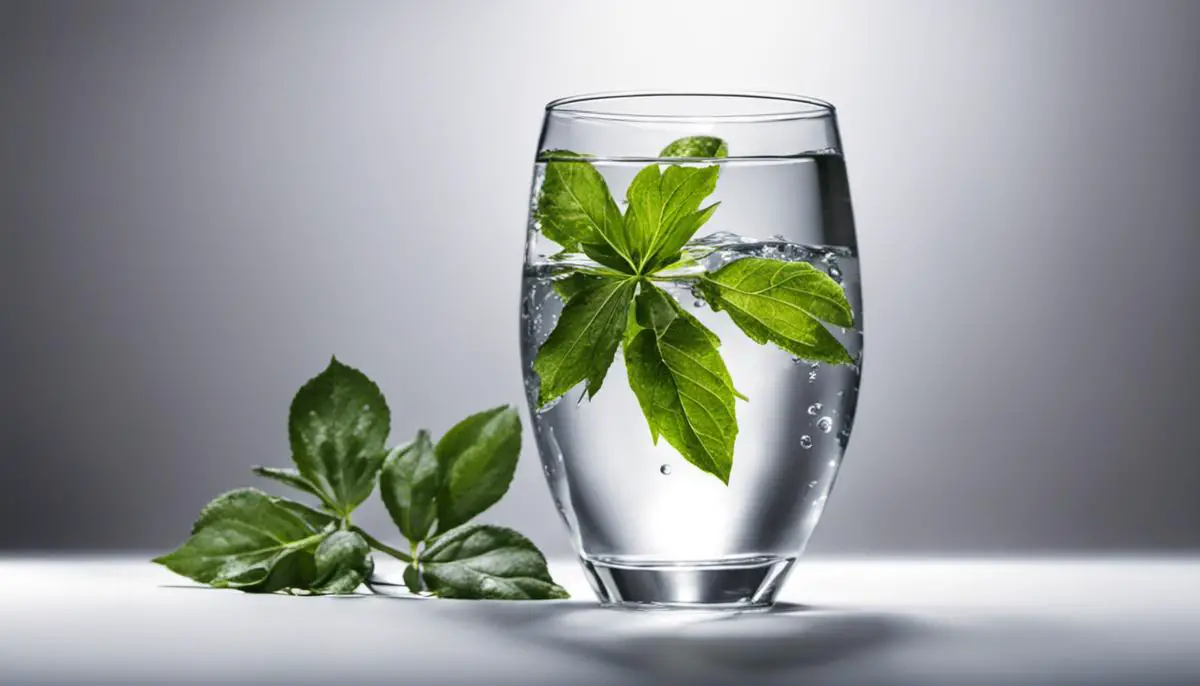
Water Needs for the Elderly
Hydration Needs in the Aging Body
It’s important to understand that as we age, our bodies undergo certain changes that can affect hydration needs. For instance, our body’s water content naturally decreases as we grow older, moving from about 75% in infants to nearly 50% in the elderly. This reduction in water content raises the risk of dehydration, since there’s a smaller reserve to tap into during fluid loss. Additionally, aging kidneys often struggle to retain water, resulting in more frequent urination and subsequently a need for more water intake.
Also note that an elderly person’s body might not always signal when it requires hydration, hence thirst may not be the best guide for elderly to monitor water intake. It’s possible for older adults to not feel thirsty even when their body is low on fluids. This scenario could lead to chronic mild dehydration, which is notoriously linked to health issues including urinary tract infections, kidney stones and increased risks of falls.
Physical Activity and Hydration Needs
Physical activity levels usually decline as we age, and this can have an impact on hydration needs. Light physical activities can provide some help in meeting the hydration needs. The elderly, despite being less active, are still susceptible to dehydration, particularly during warmer months or if they’re under the weather.
Though less physical activity might mean less water is lost through sweat, it’s important not to underestimate the hydration needs of the elderly. They should still aim to drink plenty of water, in line with recommendations that vary depending on their sex, weight, and overall health.
Water Needs and Certain Medications
Certain medications, particularly diuretics used for conditions like high blood pressure, kidney disease or heart failure, increase urine output and therefore the need for water. Other medications might cause sweating or diarrhea, both of which can result in fluid loss. Older adults taking these medications need to increase their water intake to counterbalance these effects.
In addition, older adults may be on several different medications for various health conditions, which can interact in ways that affect hydration status. Some medication combinations may increase the risk of dehydration, and others might contribute to fluid retention. It’s important for elderly individuals and their caregivers to understand the effects of their medications on hydration.
Recommended daily water intake for Elderly
Though the amount of water each person needs can vary, a general recommendation for older adults is to consume at least 1.7 liters (about 57 ounces) of water per day for women and 2.5 liters (about 85 ounces) for men.
This includes water from all sources such as beverages and food. Fruits and vegetables like watermelon, cucumbers, strawberries, and peaches are high in water content and can contribute to hydration.
Recognizing Dehydration in the Elderly
Because early signs of dehydration, such as feeling thirsty, may not be as noticeable in the elderly, it’s important to know the other symptoms. These can include dry mouth, fatigue, dizziness, dark urine or decreased urine output. Early recognition of these symptoms in seniors can prompt an increase in fluid intake and prevent the dehydration from becoming severe.
Summary
Understanding the hydration needs of the elderly is vital, as it’s influenced by a number of factors such as natural physiological changes, level of physical activity, as well as the use of certain medications. This can make maintaining sufficient hydration a bit more complex. Therefore, it’s essential to be well educated on signs of dehydration, so intervention can occur promptly.
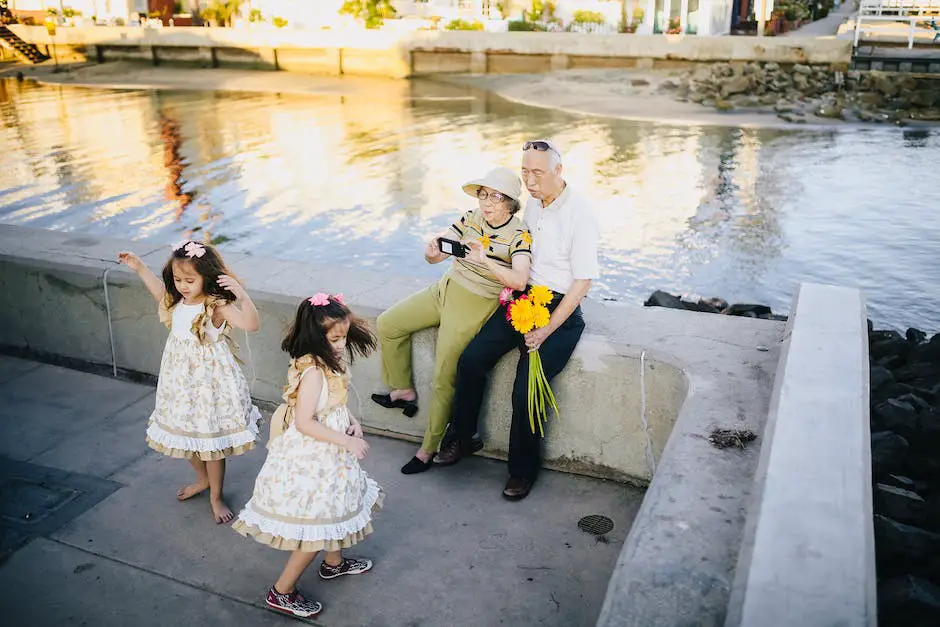
Signs of Dehydration in Elderly
Detecting Dehydration in Seniors
Remaining vigilant for signs of dehydration in our elders is critical, as it can often go unnoticed due to aging-related factors such as a decreased thirst response and pre-existing health conditions. Unattended dehydration can lead to significant issues if not swiftly recognized and mitigated. Signs to watch for include unusual thirst, infrequent urination, dark-colored urine, chronic fatigue, bouts of dizziness, and confusion. In its advanced stages, dehydration may manifest as rapid heart rate and breathing, sunken eyes, inelastic skin, and even loss of consciousness.
Hydration Needs in Older Adults
The hydration needs of elderly individuals are considerably high, almost paralleling those of younger adults. According to The U.S. National Academies of Sciences, Engineering, and Medicine, men should aim for around 3.7 liters (or about 13 cups) and women should aim for 2.7 liters (or about 9 cups) of fluid intake per day. This fluid intake includes not only water but also fluids from other beverages and food. About 20% of our daily fluid intake typically comes from food.
Important Factors Contributing to Dehydration in the Elderly
Numerous factors can contribute to dehydration in elderly individuals. Changes that accompany aging, such as decreased kidney function, can make older adults more vulnerable to dehydration. Certain medications can act as diuretics, increasing urine production and potentially leading to dehydration if fluid intake is not adequately increased. Cognitive disorders like Alzheimer’s disease and physical disabilities can also prevent elderly individuals from independently accessing fluids, increasing their risk of dehydration.
Preventing Dehydration in the Elderly
Preventing dehydration in the elderly is pivotal due to their higher susceptibility and the serious complications dehydration can potentially lead to. Regular monitoring of fluid intake is essential, thus care providers should ensure that older adults are receiving the recommended quantity of fluids. Adequate access to fluid-rich foods and beverages should be provided frequently. Elderly people should not wait to feel thirsty to drink water as thirst is not always a reliable gauge of the body’s need for water, especially in older adults.
The Role of Caregivers in Elderly Hydration
Caregivers play a vital role in maintaining the hydration levels of older adults. They should encourage regular fluid intake, offer a variety of hydrating options such as water, juice, milk, or hydrating fruits, and monitor for signs of dehydration, ensuring timely medical attention when necessary. Recognizing the critical importance of hydration in maintaining overall health and the proper functioning of bodily systems can help prevent health issues related to dehydration in the elderly.
One of the essential aspects of caring for the elderly is maintaining proper hydration. This requires careful monitoring of their fluid intake, quick recognition of dehydration symptoms, and immediate action when necessary. It is crucial for caregivers, who act as the first line of defense against dehydration, to be both knowledgeable and watchful in regards to the hydration needs of the seniors under their care.
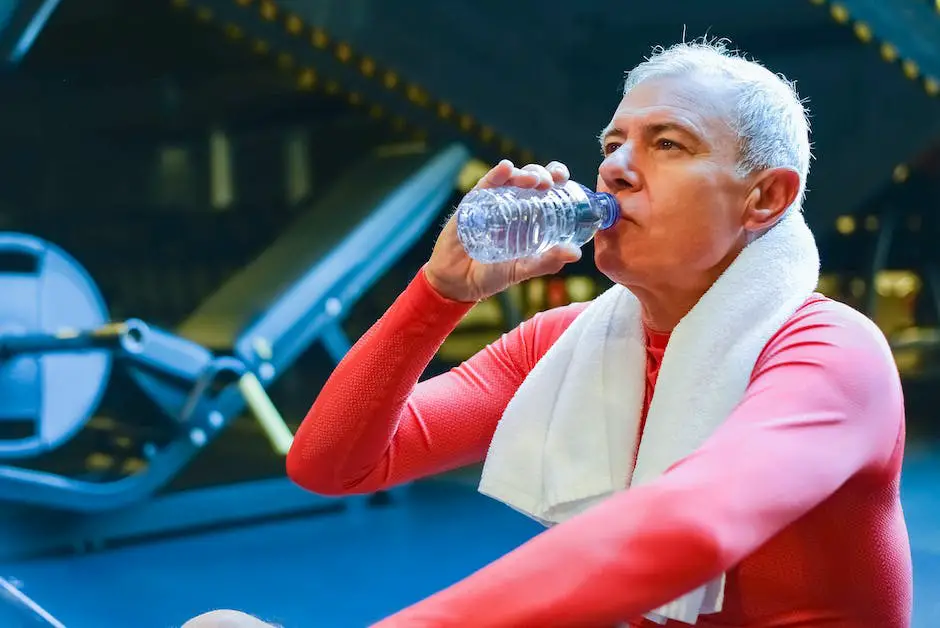
Recommended Water Intake for Elderly
Determining Proper Water Intake for the Elderly
Ensuring an adequate daily water intake is fundamental to the overall wellbeing of the elderly. While a common guideline suggests that adults, including the elderly, should aim to drink at least eight cups (or 64 ounces) of water each day, this figure may not be accurate for everyone. The unique requirements of each senior mean this one-size-fits-all rule may not always be appropriate.
How Aging Affects Hydration
Multiple factors contribute to a lower hydration requirement in the elderly population compared to the younger generations. As aging progresses, there tends to be a decrease in bodily water content due to a loss of lean body mass. Moreover, the sense of thirst decreases with age, which risks insufficient water intake. Kidneys also lose some of their efficiency in water conservation as we age. These factors underline the importance of ensuring the elderly maintain a regular intake of fluids even if they do not feel thirsty.
Additional Factors Influencing Water Needs
Physical activity, climate, underlying medical conditions, and medications can considerably influence an individual’s water needs. Elderly people actively involved in physical activities or residing in warmer climates may require increased water intake. Likewise, those with specific health conditions like kidney stones, urinary tract infections, or certain types of medication can affect the body’s water requirements.
Calculating Water Intake for the Elderly
Calculating the correct water intake involves taking into account an elderly individual’s body weight and level of physical activity. As a guideline, it is considered healthy for seniors to drink approximately 1 milliliter of water for every calorie they consume. This means if a senior’s daily food intake equates to 2000 calories, their water intake should be around 2000 milliliters or 2 liters, which is about 9 cups.
Hydration Beyond Water
While water is the cornerstone of hydration, other beverages like milk and juice contribute to an elderly individual’s fluid intake. In addition, many foods such as fruits, vegetables, and soups have high water content and can supplement an individual’s hydration. Debian Bluestein, RD, a spokesperson for the American Dietetic Association, recommends that approximately 80% of a person’s water intake come from beverages, including water, and the rest should come from food.
Hydration is a highly individualized process, with each senior needing a different level of fluid intake based on a variety of factors. There is no one-size-fits-all approach to hydration and it’s crucial to adjust water intake as required and take professional guidance when in doubt.
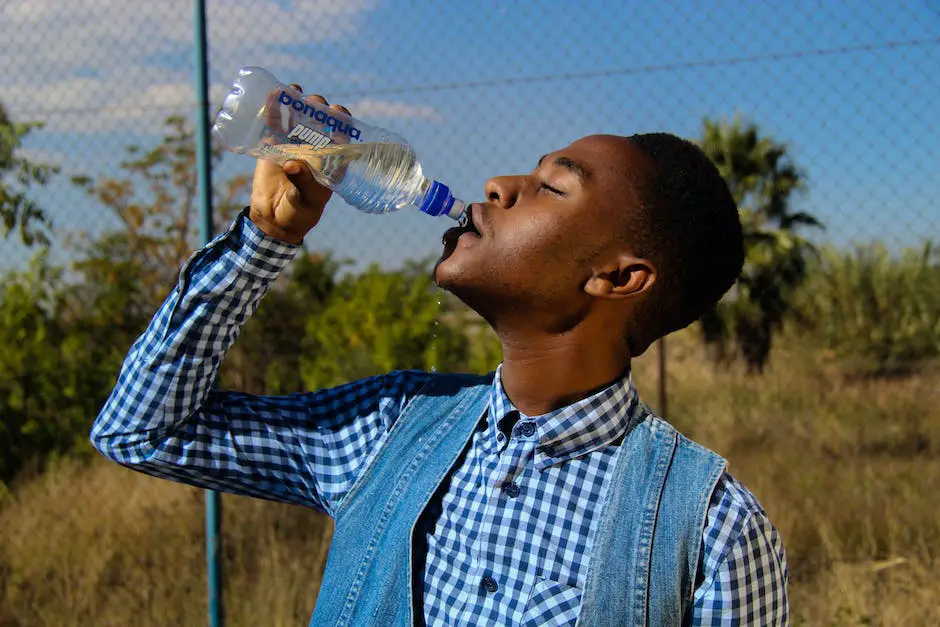
Tips for Ensuring Adequate Hydration
Grasping Hydration Needs for the Elderly
Older adults are particularly susceptible to dehydration due to age-related changes in body composition, such as a decrease in thirst response and kidney function. Hence, it’s critical for them to consciously keep track of and fulfill their hydration requirements. An individual’s water needs may be influenced by their specific physiological needs, age, gender, weight, health status, and physical activity levels. Though a common rule of thumb states men should target around 13 cups (3 liters) and women aim for around 9 cups (2.2 liters) of fluids per day, these are merely indicative numbers and must be adjusted based on the factors mentioned previously.
Tips for Encouraging Adequate Hydration
To ensure the elderly are adequately hydrated, it can be helpful to encourage regular sips of water throughout the day, rather than large amounts at once. This might be easier for many elderly individuals to manage. Moreover, establishing set times for taking a drink, like after each bathroom break, can provide routine and enhance hydration practices.
Flavoring water with fresh fruits, cucumbers, or herbs can make the drinks more appealing, encouraging increased intake. In addition, many foods, such as fruits, soups, and smoothies, contain high water content and can certainly contribute towards meeting hydration needs.
Hydrating Alternatives to Water
While plain water is usually the best source of hydration, there are other types of hydrating beverages and aids that can be utilized. Herbal tea, for instance, is a great option that can provide hydration and offer potential health benefits. Adding a splash of 100% fruit juice to sparkling water can be a refreshing alternative and keep things interesting.
Milk also provides hydration and carries additional nutrients like calcium and vitamin D. Rehydration solutions, sports drinks, or oral rehydration solutions are ideal for people who are at risk of electrolyte imbalances. Nevertheless, it’s crucial to monitor sugar intake when consuming these beverages.
Water-rich foods can also promote hydration. Fruits like watermelon, strawberries, or oranges, and vegetables such as cucumbers, lettuce, and zucchinis, can contribute substantially to daily fluid intake.
Preventing Dehydration
Regularly checking in with elders about their hydration status is advisable. Also, it’s important to identify dehydration symptoms early on, which might include dry mouth, fatigue, dizziness, and dark yellow urine. In instances of persistent symptoms, medical professionals should be consulted promptly.
Encouraging the use of hydration trackers or applications can also aid in ensuring the elderly stay hydrated. Ultimately, the goal is to make drinking water and staying hydrated a regular part of the daily routine for elders, which will help promote overall well-being and quality of life.

Protecting the health and ensuring the wellness of the elderly doesn’t have to be a complicated puzzle. Addressing hydration, simple yet vital, can significantly improve their quality of life. As we’ve uncovered, it starts with a foundational understanding of hydration and dehydration and continues with adopting keen awareness for age-related changes in water requirements and recognizable signs of water deficit. Tailoring water intake to fit elderly needs becomes less of a chore when equipped with knowledge and practical tips on appropriate hydration. Let us remember that in nurturing our elderly, every drop of water counts. Thus, staying informed and vigilant about their hydration status is just as crucial as any other aspect of their care.
